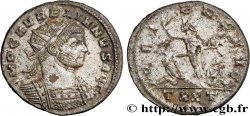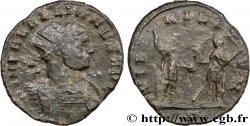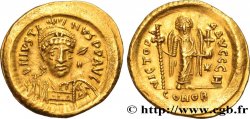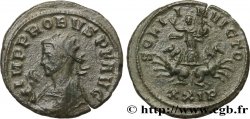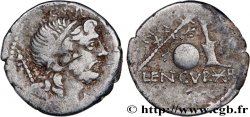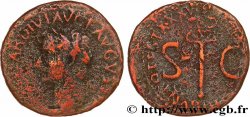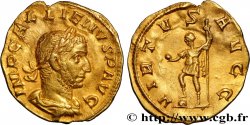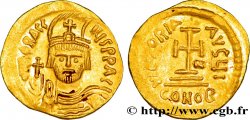Back 1/1
Live auction - brm_678680 - AURELIAN Antoninien
You must signin and be an approved bidder to bid, LOGIN TO BID. Accounts are subject to approval and the approval process takes place within 48 hours. Do not wait until the day a sale closes to register. Clicking on "BID" constitutes acceptance of the terms of use of cgb.fr private live auctions.
Bids must be placed in whole Euro amounts only. The sale will start closing at the time stated on the item description; any bids received at the site after the closing time will not be executed. Transmission times may vary and bids could be rejected if you wait until the last second. For further information check the Live auction FAQ
All winning bids are subject to a 18% buyer’s fee.
All winning bids are subject to a 18% buyer’s fee.
| Estimate : | 280 € |
| Price : | 120 € |
| Maximum bid : | 120 € |
| End of the sale : | 14 May 2024 14:14:50 |
| bidders : | 1 bidder |
Type : Antoninien
Date: 274
Mint name / Town : Roma
Metal : billon
Millesimal fineness : 30 ‰
Diameter : 23 mm
Orientation dies : 6 h.
Weight : 3,39 g.
Rarity : R3
Officine: 4e
Coments on the condition:
Exemplaire sur un flan large parfaitement centré des deux côtés avec les grènetis visibles. Très beau buste d’Aurélien. Revers de style fin bien venu à la frappe. Patine gris métallique foncé avec des reflets dorés. Conserve l’intégralité de son brillant de frappe et de son coupant d’origine
Predigree :
Exemplaire provenant du trésor de Guercheville
Obverse
Obverse legend : IMP C AVRELIANVS AVG.
Obverse description : Buste radié et cuirassé d’Aurélien à droite vu de trois quarts en avannt avec l’égide sur l’épaule (B02).
Reverse
Reverse legend : ORIENS AVG// Q.
Reverse description : Sol radié et nu debout à gauche, le manteau sur l'épaule gauche, levant la main droite et tenant un globe de la main gauche ; le pied droit posé sur un captif assis à gauche, un autre captif à droite.
Commentary
Avec l’intégralité de son argenture superficielle. Rubans de type 3 aux extrémités bouletées. Cuirasse lisse. Ptéryges larges. Semble beaucoup plus rare que ne le laissent supposer les ouvrages généraux. C’est la première fois que nous proposons un exemplaire à la vente.
With all of its surface silvering. Type 3 ribbons with pelleted ends. Smooth breastplate. Large pteryga. Seems much rarer than general literature suggests. This is the first time we are offering a example for sale.
With all of its surface silvering. Type 3 ribbons with pelleted ends. Smooth breastplate. Large pteryga. Seems much rarer than general literature suggests. This is the first time we are offering a example for sale.







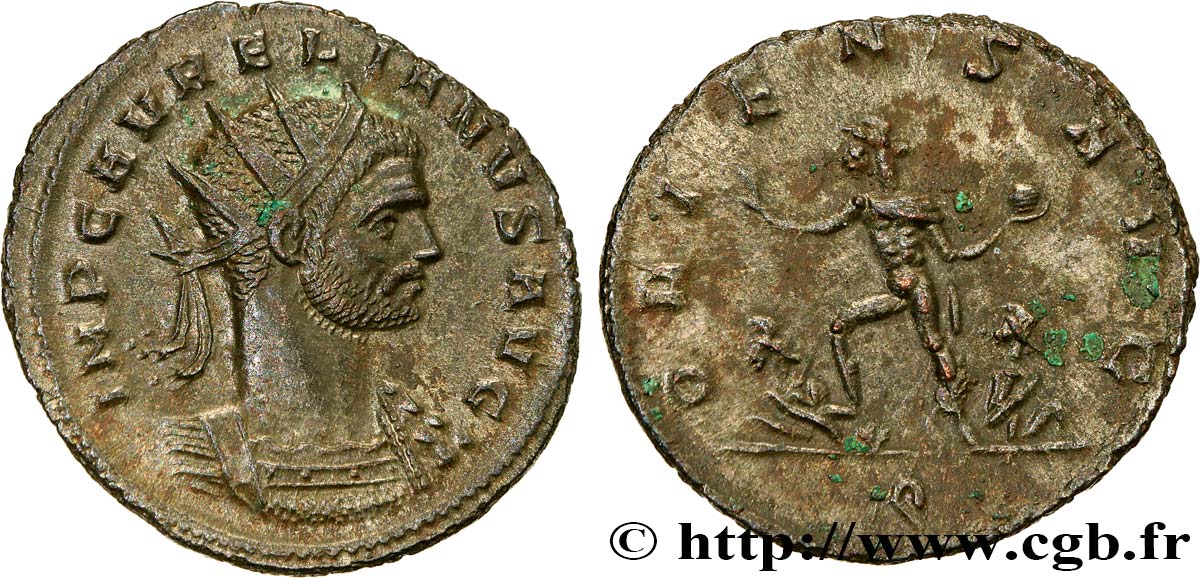
 Report a mistake
Report a mistake Print the page
Print the page Share my selection
Share my selection Ask a question
Ask a question Consign / sell
Consign / sell
 Full data
Full data
